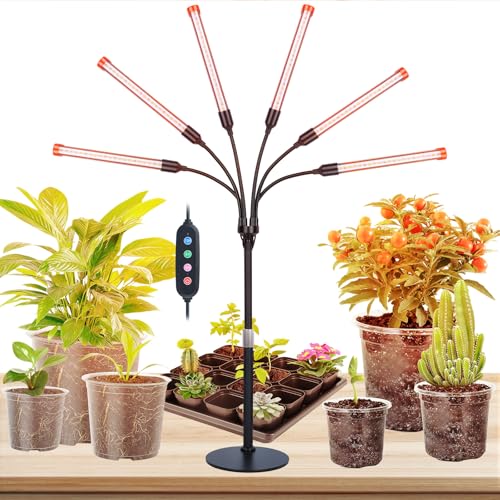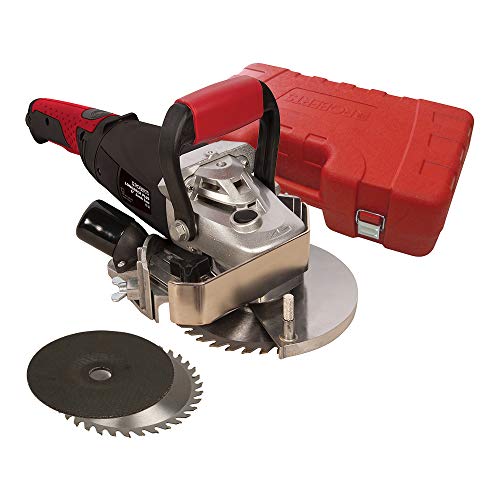




Bonsai is the art of growing miniature trees in containers. It requires a lot of care and attention to detail. Apart from regular pruning and watering, one of the most important factors in maintaining a healthy bonsai tree is its proper placement in the house.
The placement of a bonsai tree depends on various factors, such as the type of tree, the amount of sunlight it needs, and the climate of the region. Generally, bonsai trees thrive in areas with plenty of natural light, but it is important to protect them from direct sunlight, especially during the hottest part of the day.
Indoor bonsai trees should be placed near a window that receives a good amount of indirect sunlight throughout the day. It is also advisable to rotate the tree every few days to ensure even growth and prevent the branches from leaning towards the light source.
In addition to sunlight, temperature and humidity also play a crucial role in the health of a bonsai tree. Most bonsai trees prefer a cool, well-ventilated room with a constant temperature between 15-25 degrees Celsius. It is important to keep them away from drafts or excessive heat sources, such as radiators or air conditioning units.
Lastly, it is essential to keep an eye on the watering needs of the bonsai tree. Over-watering or under-watering can harm the tree’s roots and lead to its demise. It is advisable to water the bonsai tree thoroughly when the topsoil feels dry to the touch, but never let it sit in a pool of water.
In conclusion, maintaining a healthy bonsai tree requires proper placement in the house. Consider the tree’s sunlight, temperature, and humidity requirements, and provide it with the ideal conditions to flourish and thrive.
Choosing the Right Spot
When it comes to keeping bonsai in your house, choosing the right spot is essential for the health and growth of your plant. Here are a few factors to consider:
Light
Bonsai trees require a good amount of natural light to thrive. Place your bonsai near a window that receives bright, indirect sunlight. Avoid placing it in direct sunlight as it can scorch the leaves and damage the tree. If your windows don’t provide enough light, you can supplement it with artificial grow lights.
Temperature
Bonsai trees prefer a mild and stable temperature, ideally around 15-25 degrees Celsius (59-77 degrees Fahrenheit). Avoid placing your bonsai near heating or cooling vents, as sudden temperature changes can stress the plant. Also, keep it away from drafty areas or places with extreme temperature fluctuations.
Humidity
Bonsai trees thrive in humid environments. To maintain the right humidity level, you can place a humidity tray filled with water near your bonsai or use a room humidifier. Avoid placing your bonsai near areas with dry air, such as near heaters or air conditioning units.
Stable Environment
It’s important to choose a spot that is relatively stable and free from excessive movement. Avoid placing your bonsai in high-traffic areas where it can be accidentally bumped or knocked over. Find a location where it can be undisturbed to allow for proper growth and development.
By considering these factors and choosing the right spot, you can create an ideal environment for your bonsai tree to thrive and enhance the beauty of your home.
Best Indoor Locations for Bonsai
When it comes to keeping bonsai indoors, it is important to choose the right location to ensure their health and growth. Here are some of the best indoor locations for your bonsai:
- Near a window with bright, indirect sunlight: Bonsai trees require a good amount of sunlight, but direct sunlight can be harmful. Placing your bonsai near a window with bright, indirect sunlight will provide it with the right amount of light it needs for photosynthesis.
- In a well-ventilated room: Bonsai trees need fresh air circulation to thrive. Placing your bonsai in a well-ventilated room will provide it with the necessary air exchange and prevent the growth of mold or fungus.
- Avoid extreme temperature fluctuations: Bonsai trees prefer stable temperatures, so it is important to avoid placing them in areas with extreme temperature fluctuations. Avoid areas near heating or cooling vents, as well as drafty locations.
- Avoid high-traffic areas: Bonsai trees are delicate and can be easily damaged. Placing them in high-traffic areas increases the risk of accidental bumps and knocks. Choose a location where the bonsai will be safe from any potential mishaps.
- Avoid dry areas: Bonsai trees require a certain level of humidity to thrive. Avoid placing them in areas that are too dry, such as near heaters or air conditioners. You can increase humidity by placing a tray of water near the bonsai or using a humidifier.
By considering these factors, you can find the best indoor location for your bonsai and ensure its health and longevity.
Considerations for Placement
When it comes to keeping your bonsai indoors, there are several important factors to consider in order to ensure the health and vitality of your miniature tree. Here are some key considerations for placement:
| Lighting | Bonsai trees require an adequate amount of natural light to thrive. Place your bonsai near a window that receives bright, indirect sunlight for at least 6-8 hours a day. Avoid placing it in direct sunlight, as this can cause the leaves to burn. |
|---|---|
| Temperature | Bonsai trees prefer temperatures between 60-75°F (15-24°C). Avoid placing your bonsai near drafty windows or heating/cooling vents, as sudden temperature fluctuations can stress the tree. |
| Humidity | Bonsai trees thrive in a relatively humid environment. To increase humidity, you can place the bonsai on a humidity tray filled with water or use a room humidifier. Avoid placing the bonsai near sources of dry air, such as heaters or air conditioners. |
| Air Circulation | Good air circulation is important for the overall health of your bonsai. Avoid placing it in an enclosed area where air does not circulate freely, as this can lead to the build-up of stagnant air and the development of fungal diseases. |
| Space | Ensure that your bonsai has enough space to grow and develop its root system. Avoid placing it too close to walls or other objects that could restrict its growth. Consider the mature size of the bonsai and leave enough space for it to spread out. |
| Indoor/Outdoor Transition | If you plan to move your bonsai between indoors and outdoors, make sure to gradually acclimate it to the new environment. Sudden changes in lighting, temperature, and humidity can shock the tree and cause stress. Gradually increase or decrease the amount of time the bonsai spends outdoors to help it adjust. |
By considering these important factors, you can create an optimal environment for your bonsai tree to thrive and grow beautifully in your home.






